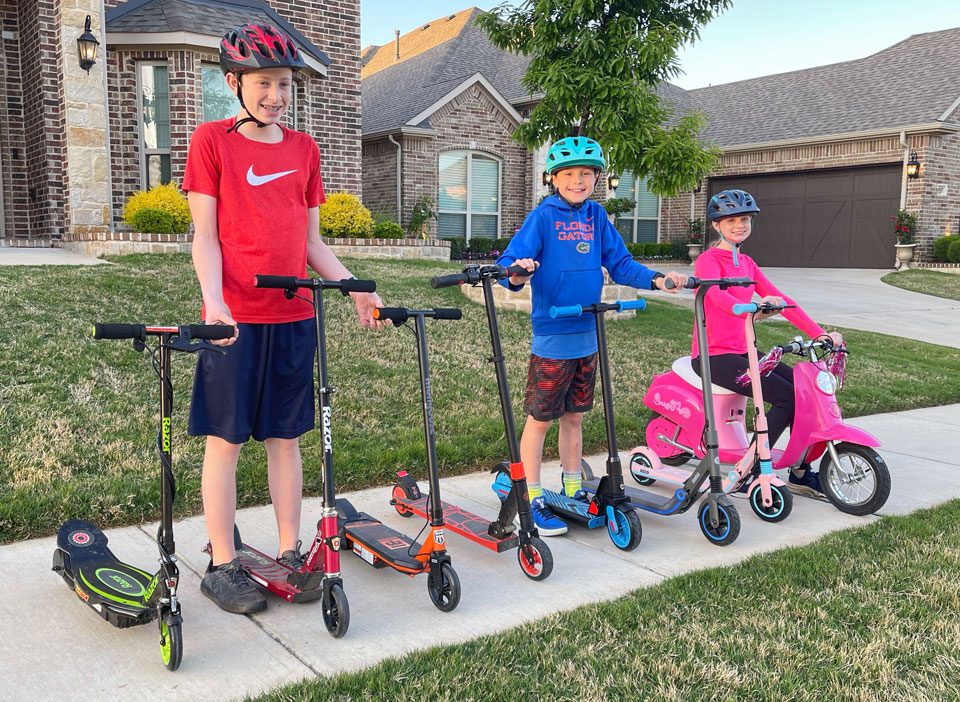Much business equipment is organized into one of two categories: the items that help people do their jobs better, and the safety items that cause less ease and more burden. Anyone who has spent time at a business job has experienced the difference between something that feels like an extension of the worker’s hands and an item of safety gear that interferes with and shows more barrier than benefit to the task.
The real tragedy is that the safety equipment is created with the thought of “compliance” and not thinking about actual usability. Ergonomic headaches wearing hard-hats, gloves that make another highly planned task impossible, and safety glasses that fog-up when it is the worst time all show compliance but get us back to zero or worse with performance. When equipment decreases performance in the workplace, people will find ways around it; and they are discouraged from the ideals of safety.
However, there is another type of business equipment that increases safety and productivity at the same time. This gear is the stuff and personal protective equipment that people want to wear and use; the equipment improves the ease of work, comfort, and efficiency.
When Safety Equipment Improves Performance
The best safety equipment not only protects workers from harm but also improves workers’ performance ability. Those gear designers are worthy subsets when they consider real working environments and daily work challenges, not just meeting UL standards of safety.
Vision challenges in the workplace provide examples. Employees who use regular glasses face regular conflict when they try to follow safety regulations that may require the use of safety eyewear or goggles. The conventional problems of the standard solutions create issues on their own: wearing safety glasses over regular glasses creates discomfort and may distort vision, while removing prescription glasses to wear safety glasses inevitably creates blurred vision that may actually increase the risk of an accident occurring.
Many employees have found that prescription safety glasses online provide a solution that completely eliminates this conflict by combining the essential vision correction with the necessary protection in one unit of equipment, and in doing so this is the ideal situation for a safety solution; safety equipment should enhance working conditions and/or performance, not take away.
The bigger difference here is that you are addressing the multitude of needs simultaneously and not merely treating necessary safety equipment as an added requirement that competes with productivity.
Solutions That Solve Multiple Problems Simultaneously
Some of the most successful workplace equipment solves multiple problems with one solution. Taking this approach acknowledges the limited time, energy and patience workers have available to deal with multiple tools and gear throughout the workday.
Think about ergonomically designed tools that not only aid in reducing bodily strain, but also increase precision and speed. For example, a good tool designed to be pneumatic may help reduce repetitive strain injuries, but may also allow workers to complete more work faster and accurately compared to manual tool methods. In this example, the safety benefit and productivity benefit work in aiding each other rather than working against each other.
Another example of more effective dual-use equipment might be communication equipment that is both noise-cancellation and hands-free. In noisy industrial environments, regular equipment might be acceptable while the noise-cancellation feature allows workers to remain aware of their surroundings, and the hands-free feature allows a worker to communicate with another worker without removing hearing protection. This eliminates the potential injury of an employee choosing safety or effective communication or circumstances in which one is necessary to continue work. A fascinating connection can be drawn by examining the tools workers utilize frequently as part of their job and the tools that were abandoned due to poor compatibility to the task. If a worker has a tool that meshes well with their workflow, workflow can be more efficient.
The Comfort Factor No One Talks About
Comfort affects other workers at a workplace in safety ways that many may not realize. Tools that are uncomfortable can hinder a worker’s satisfaction relating to their work, but can also lead to actions that are unsafe as they try to counter some of the discomfort or distraction.
This shows itself in subtle ways throughout a workday. If a worker has a pair of safety glasses that fall down their nose constantly, they will spend time repositioning the glasses while at times, carrying out a task that may place them in some danger. If a worker has a pair of protective gloves that do not fit them well, their dexterity may decrease, and they may make awkward motions that take away from safety, because it is uncomfortable. If a tool is heavy or poorly balanced, it will create fatigue and affect work related decision making and focus on safety.
Comfortable tools or equipment are less of a distraction to a work system. If something fits well, the worker can focus more clearly on the task at hand instead of managing the equipment. When a worker can think more clearly, they will perform better and not make as many mistakes as they are able to remember everything.
Comfort and compliance plays a role in long term safety as well. Workers will wear protective gear consistently if it is comfortable, and wearing protective gear contributes to an overall safety behavior. This has the potential to develop into a habitual behavior for safety, even when supervision is not present.
Modern workplace equipment is effective when the manufacturer has designed it for use in the real-world workplace rather than in an idealized laboratory. Equipment also tends to be designed and tested in a controlled environment where temperature, humidity, dust, noise, and the general chaos of the worksite simply do not exist.
An anti-fog coating that performs perfectly in an air-conditioned office is completely ineffective in hot, humid temperatures, where we would truly like it to work. One company’s cut-resistant gloves have strong cut-resistance, but become too slippery after exposure to oils or chemicals to be safe to use to perform work. A communication device that sounds clear in a quiet office may become incomprehensible in a noisy environment.
There are a number of workplace equipment such as PPE and ergonomics that may truly advance a worker’s performance on the job, and after receiving critical feedback from people who use them in hostile working conditions, it is found that the equipment may actually work well under such harsh conditions. The real-world test does reveal issues that simply do not show up in controlled circumstances and pinpoint solutions that work when you need them most.
Ultimately, the best manufacturers of equipment will observe their add-on equipment being used in a variety of different workplace applications and constantly refine their designs based on feedback from the user and constantly changing workplace applications.
The Economic Reality behind Good Equipment
Yes, it is often true that workplace equipment that is of better quality often costs a little more, which should be understood as a good value when the life cycle duration is considered. A cheap price or limited durability ultimately do not provide as much value because you do not keep your workers after having them replace their equipment to look cheap again, put wear and tear back into the equipment you purchased to save money in the first place.
When you look past the initial purchase price, the low-cost safety glasses that get scratched or broken should have been replaced more than once, after all, durable safety glasses last year, or so I have heard. Similarly, protective equipment that reduces worker fatigue or injury risk provides systematic value in the increase in the number of workers compensation claims filed or number of times workers do not report to work.
The longer periods of productivity that comes with equipment that has been well designed or ergonomically designed, justifies the benefit, economic value aside. If a tool helps workers complete their task faster, more accurately, without injury or taking months off from injury or other duties they used to do on the job, the sooner equipment pays for itself.
Smart workplace equipment is an investment in safety and productivity. The easier you can make it to be safe in the workplace while being productive is simply an investment from which there are various dividends, cost savings, employee satisfaction, increased productivity and performance. Good safety equipment makes the task easier – not the other way around. It is the advancement that we all get behind.


















































 Key cutting is perhaps the most well-known service provided by locksmiths. However, the process has evolved significantly with advancements in technology.
Key cutting is perhaps the most well-known service provided by locksmiths. However, the process has evolved significantly with advancements in technology. Mobile locksmiths are skilled in installing and repairing a wide variety of locks. From traditional deadbolts to advanced electronic and smart locks, they can handle it all. They can assess the security needs of your property and recommend the best types of locks to enhance your safety.
Mobile locksmiths are skilled in installing and repairing a wide variety of locks. From traditional deadbolts to advanced electronic and smart locks, they can handle it all. They can assess the security needs of your property and recommend the best types of locks to enhance your safety. Modern security systems have become essential in protecting homes and businesses. Mobile locksmiths can install various security systems, including CCTV cameras, alarm systems, and access control systems. With the rise of smart home technology, they can integrate these systems to work seamlessly with your existing setup.
Modern security systems have become essential in protecting homes and businesses. Mobile locksmiths can install various security systems, including CCTV cameras, alarm systems, and access control systems. With the rise of smart home technology, they can integrate these systems to work seamlessly with your existing setup. Security consultations are a vital service provided by mobile locksmiths to assess and enhance the security of your property. During a security consultation, a mobile locksmith will conduct a thorough risk assessment, evaluate your current locks and security systems, and provide recommendations for improvements.
Security consultations are a vital service provided by mobile locksmiths to assess and enhance the security of your property. During a security consultation, a mobile locksmith will conduct a thorough risk assessment, evaluate your current locks and security systems, and provide recommendations for improvements.





